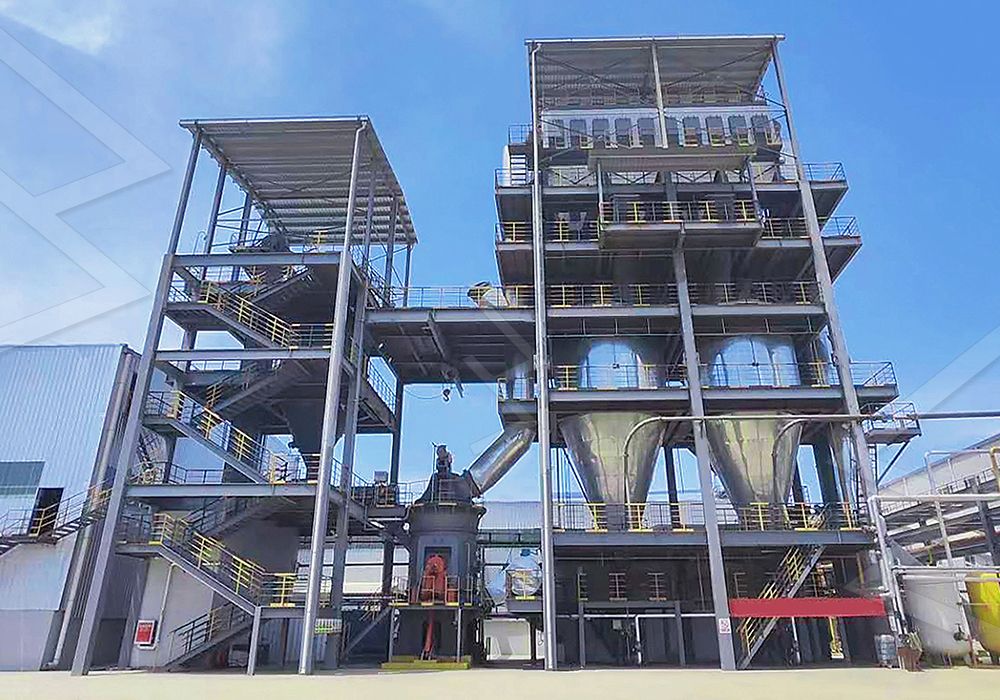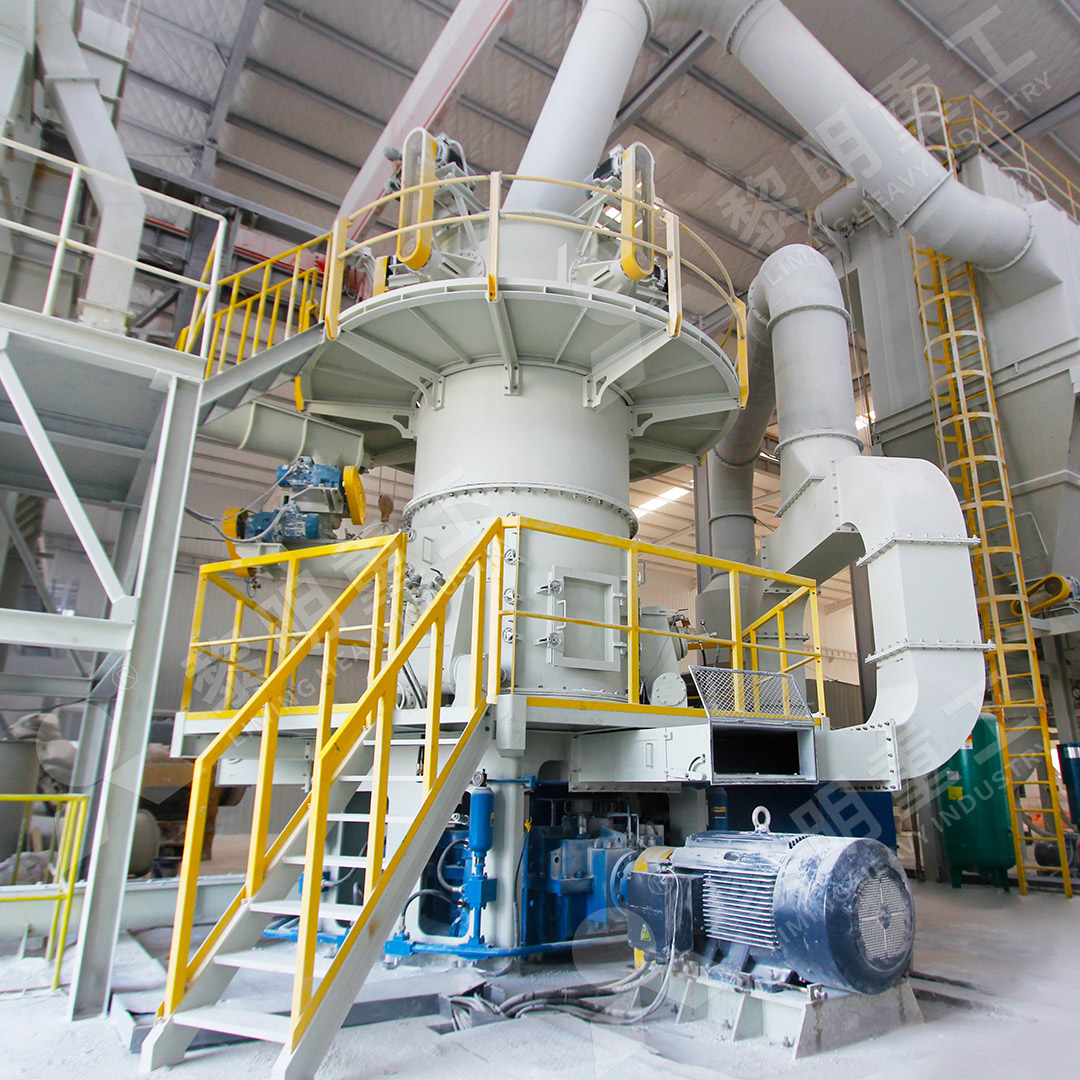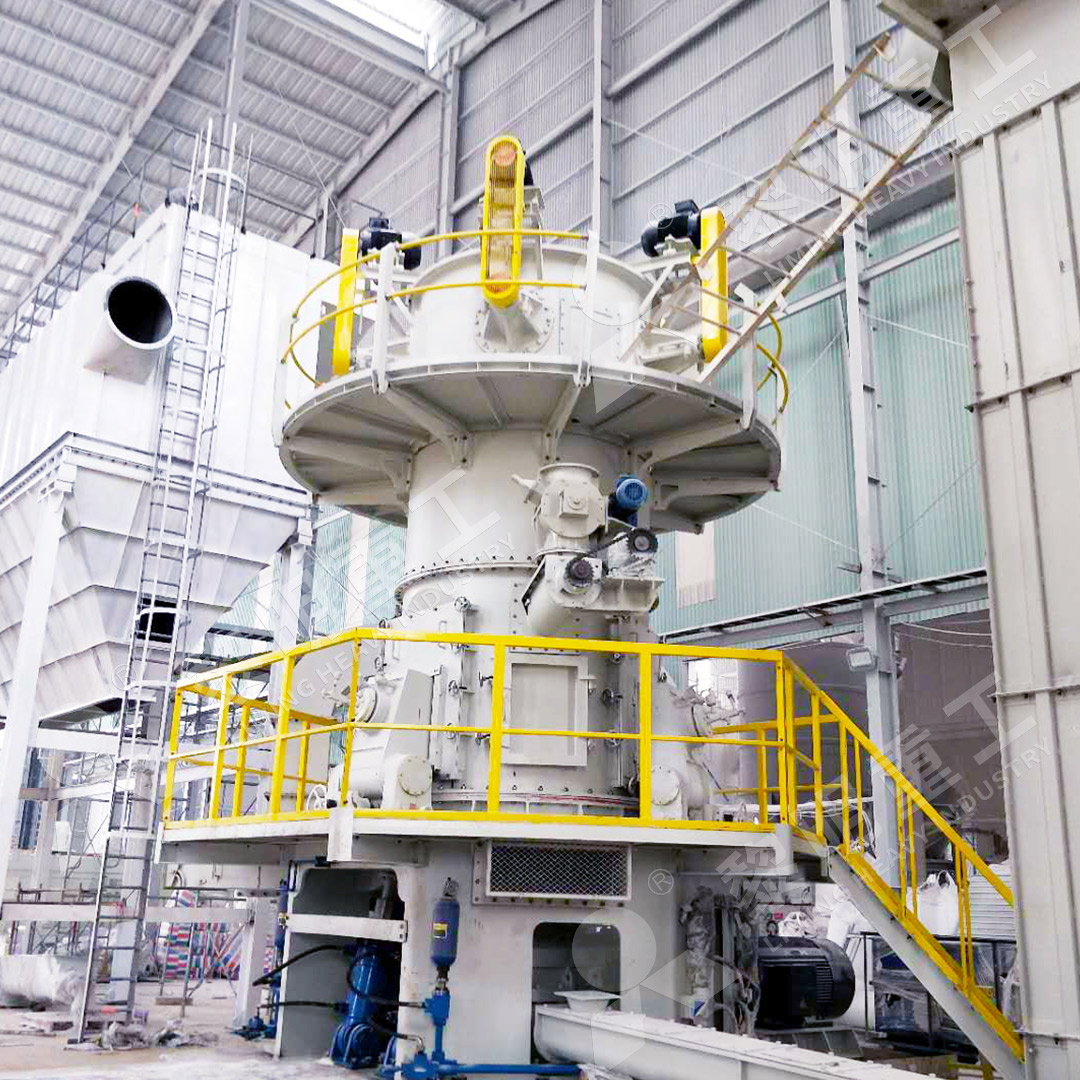Vertical Roller Mill for Sand and Stone Grinding
Vertical Roller Mill for Sand and Stone Grinding
In the world of industrial mineral processing, achieving the perfect balance between production efficiency, product quality, and operational costs remains a constant challenge. For operations focused on sand and stone grinding, the selection of appropriate milling equipment becomes paramount to profitability and sustainability. Vertical Roller Mills (VRMs) have emerged as the technology of choice for modern processing plants seeking to optimize their grinding circuits.
The fundamental advantage of VRM technology lies in its integrated approach. Unlike traditional grinding systems that require multiple separate components for crushing, drying, grinding, and classification, vertical mills consolidate these functions into a single, compact unit. This consolidation directly translates to reduced floor space requirements, lower installation costs, and simplified material handling. From limestone and calcite to dolomite and barite, VRMs demonstrate remarkable versatility across various mineral applications.

When evaluating grinding solutions for sand and stone applications, two standout performers in our product line deserve particular attention. The MW Ultrafine Grinding Mill represents cutting-edge technology for operations requiring ultra-fine powders between 325-2500 meshes. With an input size capability of 0-20 mm and capacity ranging from 0.5 to 25 tph, this machine excels in producing high-value fine powders for specialized applications. Its innovative design eliminates rolling bearings and screws within the grinding chamber, significantly reducing maintenance concerns and potential points of failure. The integrated pulse dust collector and muffler system ensures environmentally compliant operation, addressing both dust and noise pollution effectively.
For operations prioritizing energy efficiency without compromising on product quality, our LUM Ultrafine Vertical Grinding Mill offers exceptional performance. Engineered with the latest grinding roller technology from Taiwan and German powder separating expertise, this mill achieves energy savings of 30%-50% compared to conventional grinding mills. The reversible structure design simplifies maintenance procedures, allowing operators to easily access grinding components for inspection and replacement. With an input size of 0-10 mm and capacity between 5-18 tph, the LUM mill demonstrates particular strength in processing superfine dry powders of non-metal ores.

The working principle of vertical roller mills contributes significantly to their operational advantages. Material is fed centrally onto the rotating grinding table, where centrifugal force distributes it outward under the grinding rollers. The unique grinding curve design of both the rollers and table creates optimal conditions for efficient size reduction. Simultaneously, hot gas flow introduced through the mill body dries the material during grinding, eliminating the need for separate drying equipment in most applications.
Modern VRMs incorporate sophisticated control systems that allow precise adjustment of grinding pressure, rotational speed, and classifier settings. This level of control enables operators to fine-tune the mill performance to match specific product requirements and raw material characteristics. The digitalization of manufacturing processes ensures high precision in core components, contributing to reliable long-term operation and consistent product quality.
Beyond technical specifications, the practical benefits of vertical roller mills manifest in daily operations. The absence of direct metal-to-metal contact between grinding elements in certain designs minimizes wear and iron contamination—a critical consideration for applications where product purity affects market value. The short material retention time within the mill reduces overgrinding and allows quick adjustments to product specifications.

Frequently Asked Questions
Q: What maintenance advantages do vertical roller mills offer compared to traditional ball mills?
A: VRMs feature designs that significantly reduce maintenance requirements. The MW Ultrafine Grinding Mill, for instance, eliminates rolling bearings and screws within the grinding chamber, removing common failure points. The LUM mill’s reversible structure allows easy access to grinding components, reducing downtime for maintenance operations.
Q: How do vertical roller mills address environmental concerns?
A: Modern VRMs integrate comprehensive environmental protection features. The MW Ultrafine Grinding Mill includes efficient pulse dust collectors and mufflers that minimize dust and noise emissions. Most models operate under negative pressure, preventing dust escape, and feature advanced sealing systems to maintain clean working environments.
Q: What range of product fineness can be achieved with vertical roller mills?
A: The achievable fineness depends on the specific mill model. Our MW Ultrafine Grinding Mill can produce powders between 325-2500 meshes, with the capability to achieve d97≤5μm in a single pass. The adjustable classifier systems allow operators to precisely control product fineness to meet specific application requirements.
Q: How significant are the energy savings with modern vertical roller mills?
A: Energy efficiency represents one of the primary advantages of VRM technology. The LUM Ultrafine Vertical Grinding Mill demonstrates 30%-50% lower energy consumption compared to conventional grinding mills. These savings result from optimized grinding mechanics, efficient classification systems, and integrated operation that eliminates energy losses associated with multiple separate units.
